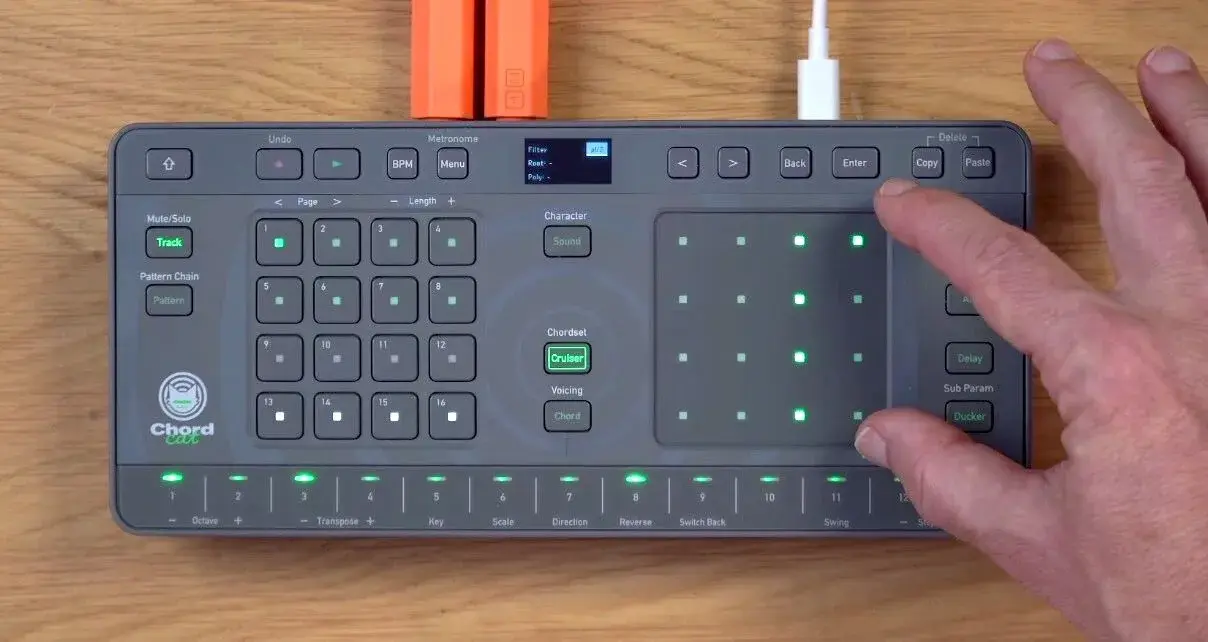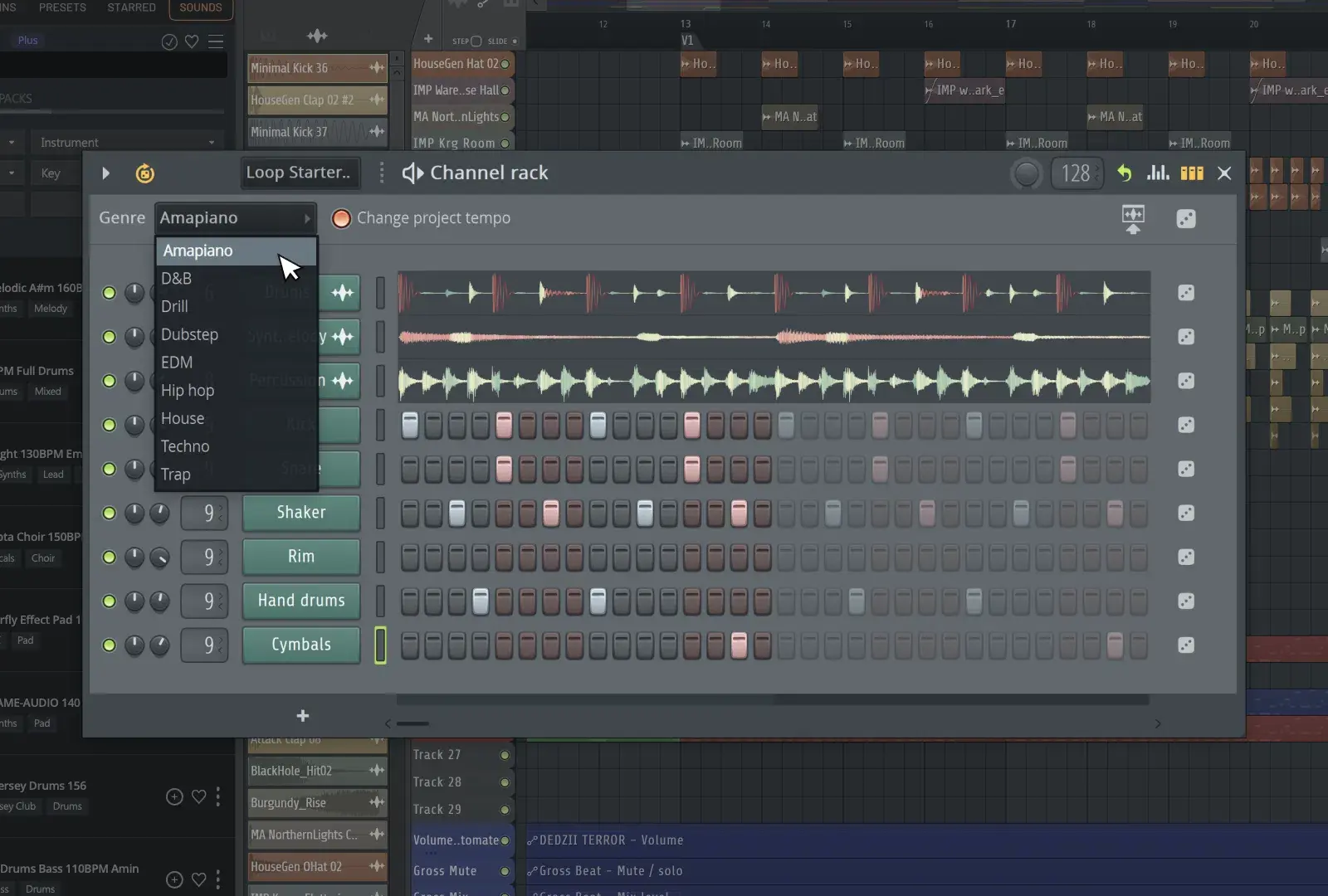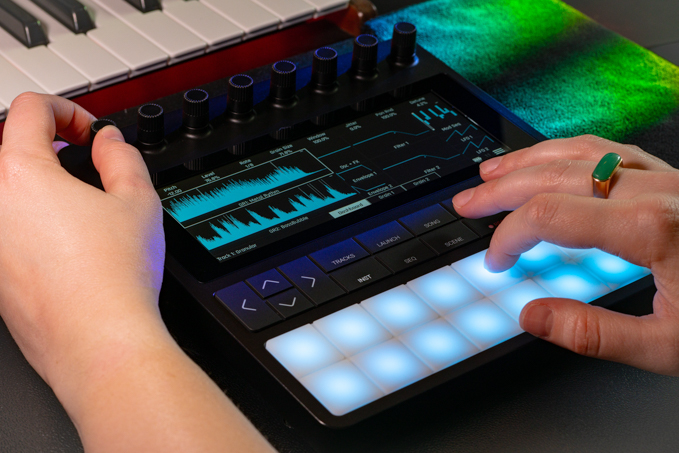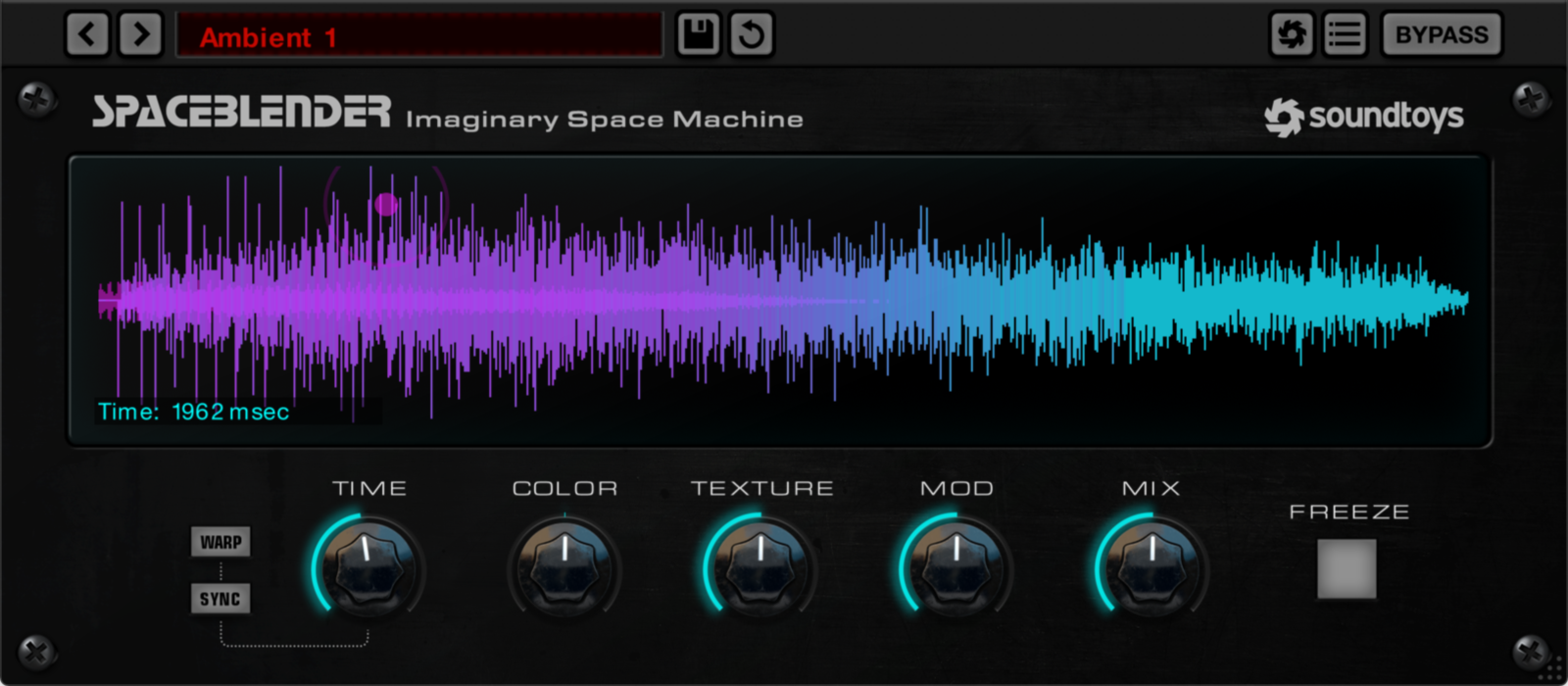
Dubspot’s Rory PQ explores Generative Music and demonstrates an effective technique used to generate complex sequences of music using Ableton Live’s native devices.
Generative Music is a term popularized by composer Brian Eno in 1995 to describe music created by a system that is ever-different and changing. The concept of Generative Music is to create entirely random music with a selection of sonic materials resulting in a constantly changing stream of audio that never repeats itself. Brian used an analog delay system consisting of two side-by-side reel-to-reel tape recorders playing at varying speeds to create his famous ambient music.
Early techniques used to generate randomized music was achieved with a unique tape looping technique discovered by Robert Fripp called Frippertronics. This technique uses two reel-to-reel tape recorders configured so that the tape travels from the supply reel of the first machine to the take-up reel of the second, allowing sound recorded by the first machine to be played back later on the second. The audio of the second machine is then routed back to the first, causing the delayed signal to repeat while new audio is mixed in with it. This approach to recording sound creates a degenerative delay, which can be controlled by increasing or reducing the distance between the machines.
Ableton Live is a perfect example of modern technology that provides MIDI Effects with randomizing features that allow us to easily and effectively produce generative music. This tutorial demonstrates an effective technique used to generate complex sequences of music using Live’s Random device and Drum Rack.
Optional Tips: Create a choke group in Drum Rack to avoid sounds or loops from playing over each other and causing clutter. All chains in the same choke group will silence each other when the next sound is triggered. Also, for more control over the sound, it’s recommended to Macro Map controls such as Attack, Decay, Sustain, Release, and any other parameter you use to shape your sounds. The best way to Macro Map the same control for multiple instances of Simpler or Sampler is to first Macro Map the control and then right-click the same control and choose “Map to all siblings” from the context menu.
Create a MIDI pattern in the new MIDI Clip. This can be a long sustained note or a more complex sequence of notes. The MIDI notes can be placed on any sound in any order. Their purpose is to trigger sounds so that the Random device can randomize them.
Other MIDI devices such as Scale, Velocity, Note Length, and Arpeggiator can be used to control the behavior of the MIDI notes in your pattern. For example, create wild fills by placing Arpeggiator after the Random device and adjusting the Rate control to increase or decrease the speed of the note pattern.

If you've ever stared at your keyboard, scratching your head over the next chord in your progression, th...

FL Studio 2025: Start Faster, Finish Stronger with Game-Changing Creative Tools Say goodbye to creative ...

Sample Every Flavor: A Deep‑Dive Review of 1010music Bento Introduction 1010music Bento isn’t just anoth...

Soundtoys got a surprising new release of SpaceBlender, an experimental reverb plugin that is currently ...